 |
| Disosceles ring inspired by the CCTV building in Beijing. |
Each piece of jewelry designed by Ian Douglas, design director of Inspired Jewellery, has a story behind it. Inspirations that only a creative mind could weave into works of art in such abstract ways. Something we can all relate to is the endless inspiration that travel provides. Some people keep a diary to recount their travels, some take thousands of photos. Ian designs jewelry that acts as a visual journal of his travels, taking inspiration from what he has seen and turning this into beautifully crafted pieces.
A recurring theme seen in Ian’s jewelry is architecture from around the globe. Not surprising, as Ian’s original ambition was to become an architect. It is clear that the passion's still there as it influences many of his designs. Each ring design is like a mini building. Like buildings, they are complex structures that must hold together and form a function while still looking beautiful and aesthetically balanced on the hand. As architecture takes many forms in different cultures and contexts, each piece of jewelry is unique and serves as a real reminder of the places Ian has traveled.
In Beijing, a true marvel of architecture is the new CCTV building designed by Dutch and German architects Rem Koolhaas and Ole Scheeren of OMA. As Ian travelled to Beijing a number of times while working on a contract with Hiersun’s I Do stores in China, the striking design of the building continued to resonate with him; the offset form, cantilevered structure and overhanging center begged to be transformed into a ring. The resulting Disosceles ring (top photo) plays with rigid form and lines, yet blends perfectly around the finger; an architecturally-inspired wonder and a lasting memory of Beijing.
 |
| The CCTV building |
In New York, inspiration is on every corner - you only need to look up. The Empire ring is one of the mementos of Ian’s time in Manhattan. The ring bears a style and energy that can only be described as quintessentially New York. “It’s a city that has a rawness and a refinement, incredible architecture and people, all interacting to create a feeling you can only connect to if you visit and, better still, live there. Inspired by the Empire State Building, the Empire ring is designed to distil those feelings,” says Ian.
A trip to Paris inspired the Pompidou ring. The Museum of Modern Art, with the services of the building placed on the exterior, is an exciting and visually challenging building. The wonderful contrast of line, color and movement is reflected in the Pompidou ring’s abstract patterns of contrasting gold and platinum, set off with a beautiful pear shape diamond, which serves as a collision of form and a design that exudes modern Paris chic.
A little closer to our home in New Zealand, inspiration taken from the scenery and landscapes of Australia that trace the origin of the diamonds in the Sol Ring are combined with the imagery of the sun dancing on the sweeping curves of the Sydney Opera House. Modern, urban architecture and rough outback terrain may seem like an unlikely combination, but one that epitomizes the beauty of Australia. The ring was created as part of the Terra Sol Collection designed for De Beers DTC Sightholder Diambel NV.
The Leela ring is simply named after the hotel that Ian stayed at while in Bangalore. The architectural forms and exquisite detail in the hotel facade were enough to inspire this intricate ring.
Ian’s hometown of Wellington provides more architectural inspiration for his ring designs. The architecture of the Te Papa National Museum showcases a building that is a contrast of color and form. Using subtle color tones of palladium against white gold, Pacifica patterns of yellow gold and a blue topaz portraying the surrounding ocean, the Te Papa ring symbolizes the city.
Ian’s travels and his appreciation of architecture are celebrated through his jewelry designs. As a designer, inspiration is gained from all facets of life; it is clear that travel and architecture is an endless inspiration source in the design of jewelry. For Ian, his visual travel journal continues to expand as he transforms wondrous sites into beautifully crafted pieces of jewelry, bringing a piece of the world home with him each time.
Please join me on the Jewelry News Network Facebook Page, on Twitter @JewelryNewsNet and on the Forbes website.

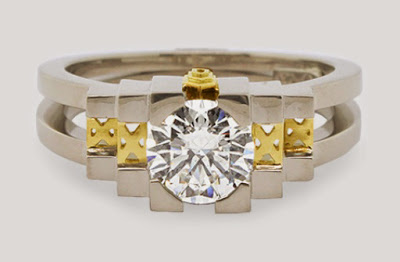


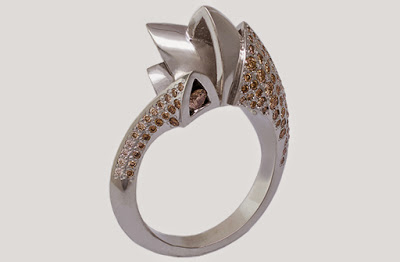





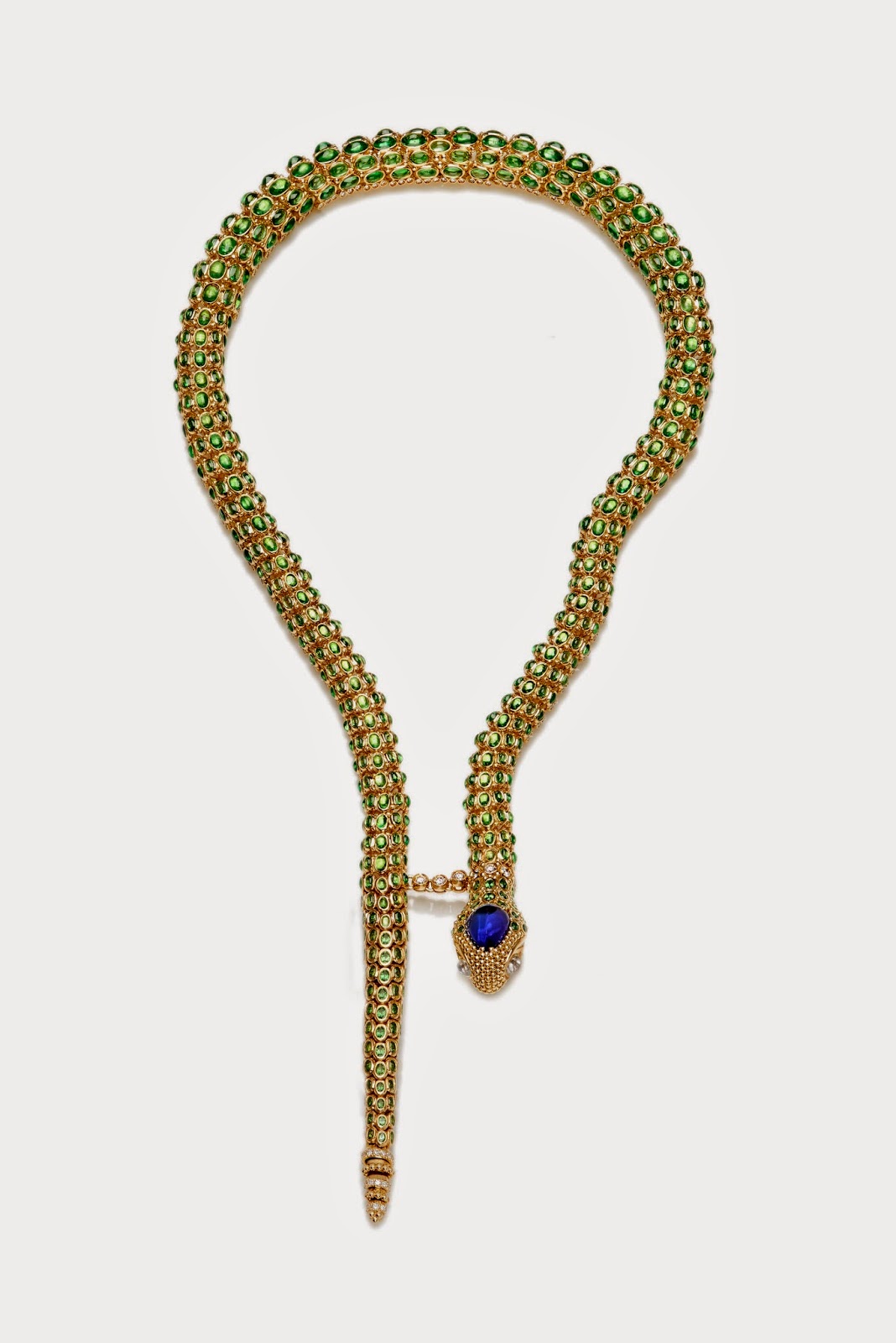






.jpg)
.jpg)
.jpg)
.jpg)
.jpg)
.jpg)
.jpg)
.jpg)
.jpg)
.png)
.png)



.png)

.png)
.jpg)
%2BCartier.jpg)
%2BCartier.jpg)
%2BCartier.jpg)
%2BCartier_blk.jpg)

%2BCartier.jpg)

%2BCartier.jpg)
%2BCartier.jpg)
%2BCartier.jpg)
%2BCartier.jpg)
%2BCartier.jpg)

































.jpg)



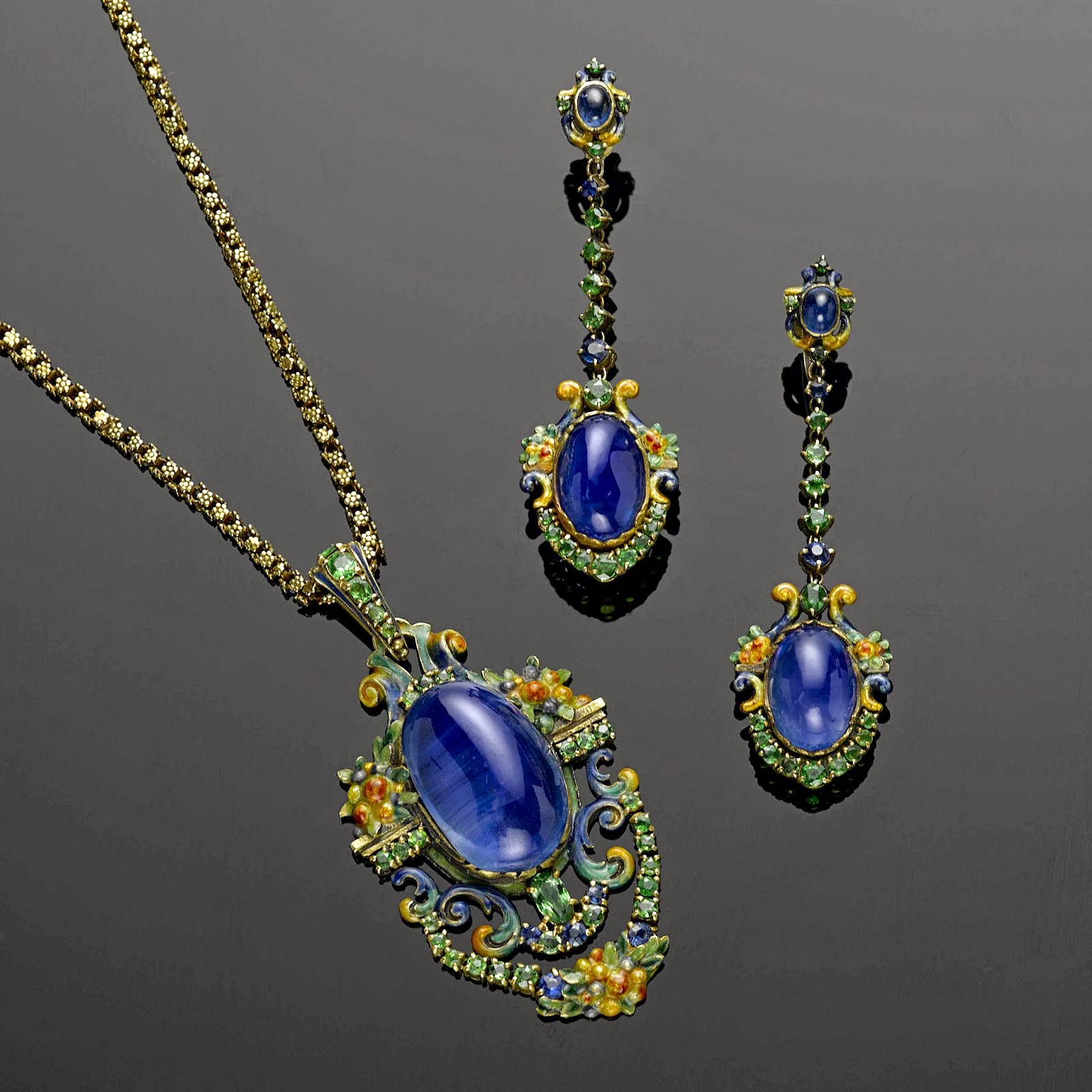

.png)












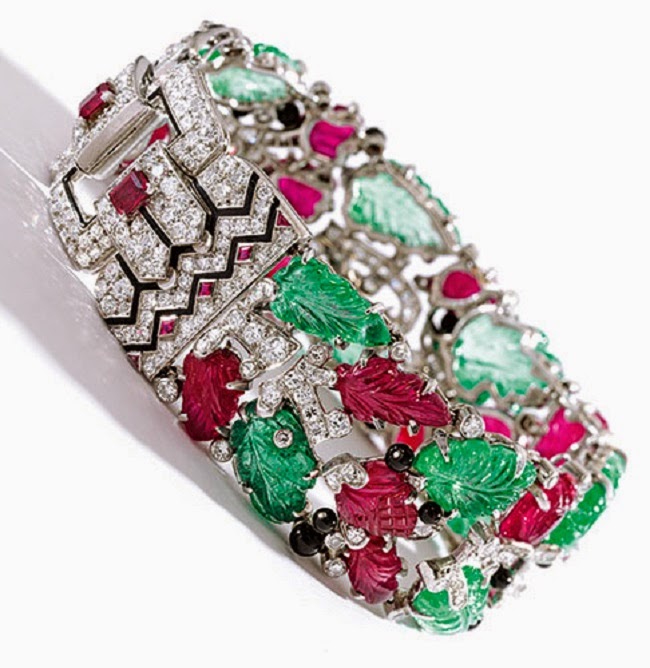








.jpg)














